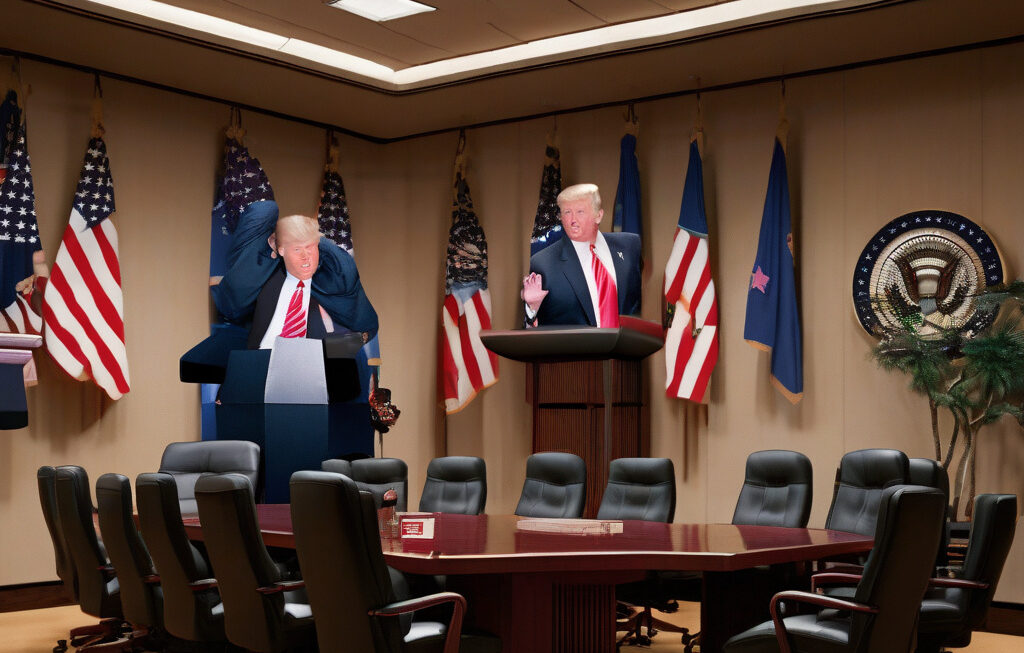Sneaker and Apparel Retailers Caught Off Guard by Tariffs on Asian Factory Hubs
In a surprising turn of events, the sneaker and apparel industry faced a significant blow as tariffs were imposed on key Asian factory hubs. The repercussions were immediate and severe, with industry giants like Nike, Adidas, and Puma witnessing a sharp decline in their stock prices. The trigger for this downturn? Vietnam, the second-largest apparel exporter to the United States, found itself grappling with a hefty 46 percent tariff rate.
The implications of these tariffs reverberated across the sector, sending shockwaves through the global supply chain. Sneaker and apparel retailers, who had long relied on Asian manufacturing hubs for cost-effective production, were now forced to reassess their strategies in the face of escalating trade tensions. The sudden imposition of tariffs underscored the vulnerability of companies that had concentrated their production in a handful of countries, leaving them exposed to geopolitical uncertainties beyond their control.
For industry behemoths like Nike, Adidas, and Puma, the tariff hike in Vietnam posed a direct threat to their bottom line. With a substantial portion of their products originating from Vietnamese factories, the increased costs would inevitably eat into their profit margins. As a result, investors reacted swiftly to the news, causing a sharp decline in the stock prices of these renowned brands.
The episode served as a stark reminder of the perils of overreliance on a single sourcing region. While Asian factory hubs had long been favored for their efficiency and scale, the tariff ordeal highlighted the importance of diversifying supply chains to mitigate risks. Companies that had proactively spread their manufacturing operations across multiple countries were better equipped to weather the storm, demonstrating the prudence of such a strategic approach.
In response to the tariff escalation, sneaker and apparel retailers scrambled to explore alternative sourcing options to offset the impact on their bottom line. Some companies began shifting production to other Southeast Asian nations, such as Cambodia and Bangladesh, in a bid to navigate the turbulent trade landscape. By diversifying their supplier base, these retailers aimed to insulate themselves from sudden policy changes that could disrupt their operations.
Moreover, the tariff debacle underscored the need for greater resilience and adaptability in the face of geopolitical uncertainties. Sneaker and apparel retailers were compelled to rethink their long-term sourcing strategies, with an emphasis on flexibility and agility. By building robust supply chains that could swiftly adapt to evolving trade dynamics, companies sought to fortify their resilience against future shocks.
As the dust settled on the tariff saga, the sneaker and apparel industry emerged with valuable lessons learned. The episode served as a wake-up call for companies to reevaluate their supply chain strategies, emphasizing the importance of diversification and risk management in an increasingly volatile global trade environment. By embracing a more agile and adaptive approach to sourcing, retailers could proactively navigate challenges and seize opportunities in a rapidly changing marketplace.
In conclusion, the tariff turmoil that blindsided sneaker and apparel retailers underscored the fragility of supply chains heavily reliant on Asian factory hubs. The repercussions of the tariff hike in Vietnam reverberated throughout the industry, prompting companies to rethink their sourcing strategies and prioritize resilience in the face of uncertainty. By drawing on the lessons learned from this episode, sneaker and apparel retailers could chart a more sustainable path forward in an ever-evolving global trade landscape.
#SneakerIndustry, #ApparelRetailers, #TariffsOnAsianHubs, #GlobalSupplyChain, #TradeTensions












